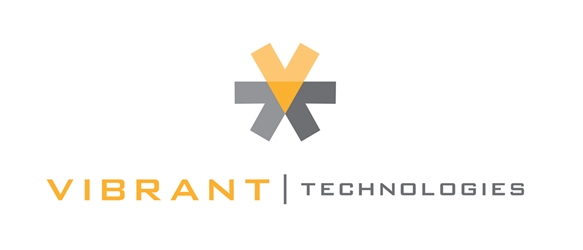Products 2773-2784 of 3357
Show

In Stock
Item #: 823123-001 -
6TB SAS 7.2K LFF 12GBPS HDD

In Stock
Item #: 840462-001 -
HP 3PAR M6710 1.8TB 6G SAS 10K SFF HDD

In Stock
Item #: 844280-001 -
HPE 3PAR SS M6710 920GB SAS 12G SFF SSD

In Stock
Item #: 846785-B21 -
LFF HDD 6TB 7.2K SATA 12G 512E LP

In Stock
Item #: 861607-001 -
8TB 12G 7.2K LFF SAS SC 512E DSD

In Stock
Item #: 861754-B21 -
HPE 6TB SAS 7.2K LFF SC 512E DS HDD

In Stock
Item #: 871865-001 -
6TB SAS 7.2K LFF 12GBPS HDD

In Stock
Item #: 877970-001 -
HPE BL460C GEN10 HDD BACKPLANE BD

In Stock
Item #: 970-200031/1TB -
3PAR 4x 1TB LFF Drive Magazine